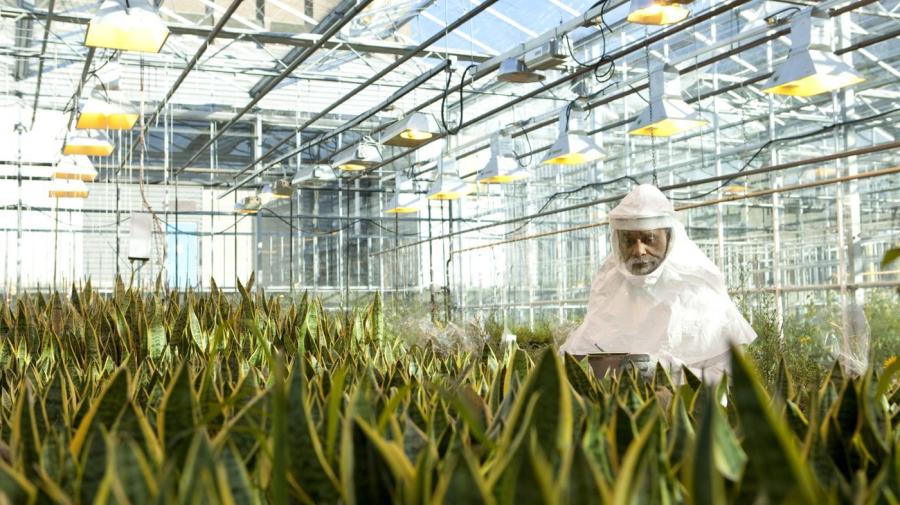What Is Environmental Hygiene?

Environmental hygiene is a group of activities that aim to protect people from dangerous conditions arising from unsanitary shelters, air supplies or bodily nourishment centers. These conditions include unsanitary water supplies, waste disposal systems, food sources, and temporary or permanent housing structures.
Environmental hygienists work with local and federal authorities to uncover potential sources of contamination within these systems. Once identified, the hygienists then implement scientifically sound ways to eradicate the dangers present.
If a group of environmental hygienists discover that a potentially deadly strain of bacteria such as MRSA, or methicillin-resistant Staphylococcus aureus — is present in a multiple family housing dwelling, they take the necessary steps to get rid of it. The first step might be to evacuate all of the people living in the building. The next step might be to call out local, professional cleaning companies that are skilled in removing this type of life-threatening bacteria. While the toxin is being removed, the hygienists might also hold forums explaining the symptoms and treatments of MRSA to anyone who is affected by it. Once the dwelling is clear of MRSA, the hygienists might instruct the residents about how to keep the building clean to thwart against a recurrence of the bacteria.





